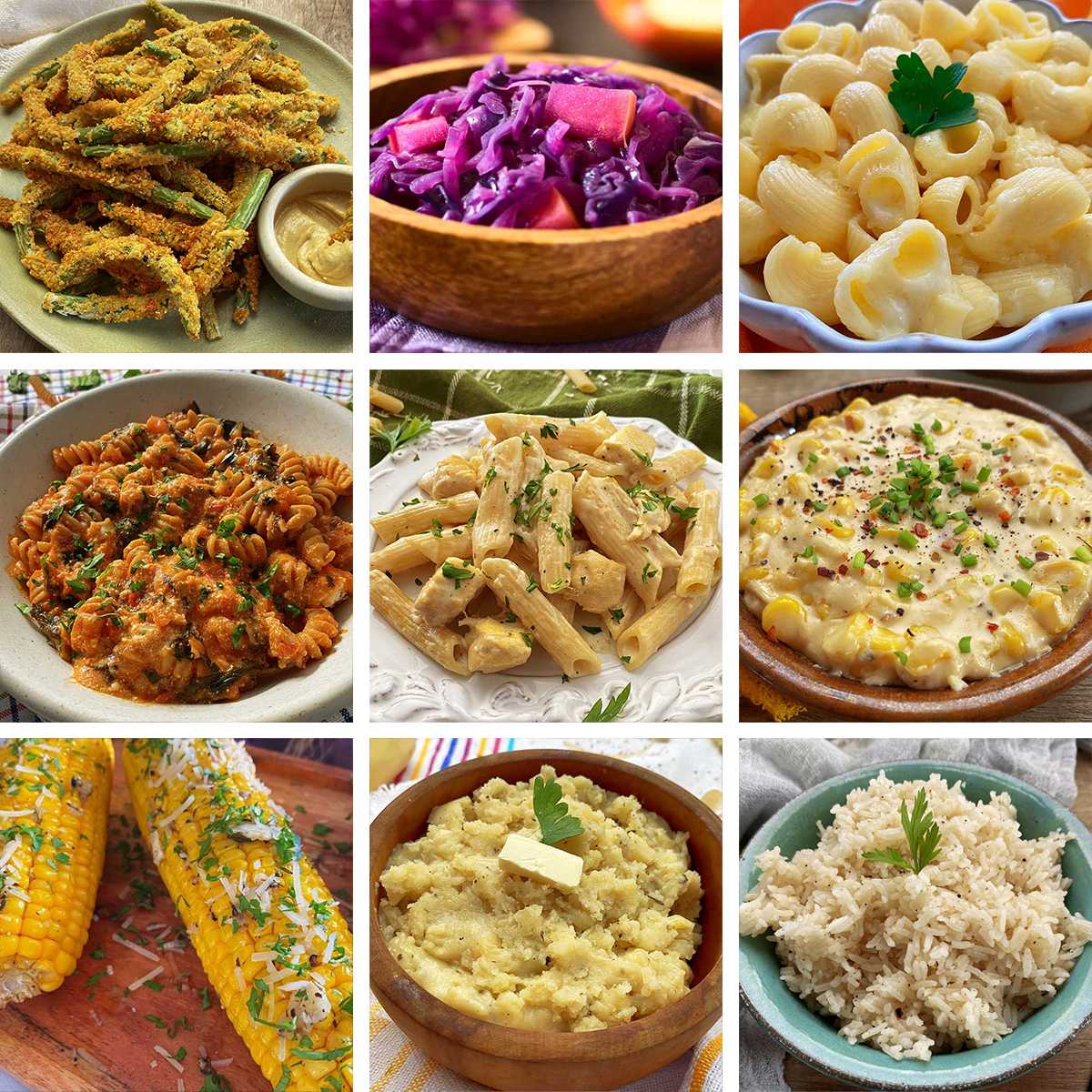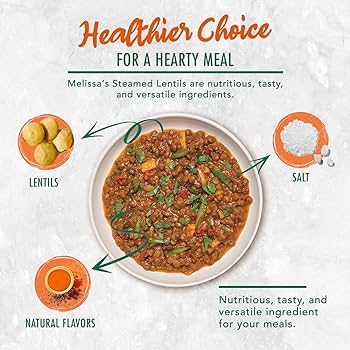Baked Vegetables: Tips, Pairings, and Delicious Serving Ideas
Baked vegetables offer substantial health benefits. When baking, vegetables retain more essential nutrients, such as vitamins and minerals, compared to boiling. The lower temperatures used in baking preserve antioxidants, enhancing their health-promoting properties. For example, bell peppers, rich in vitamin C, maintain more of this vital nutrient when baked rather than boiled. Additionally, healthy fats from olive oil, when used in baking, help your body absorb fat-soluble vitamins such as vitamins A, D, E, and K, which are prominent in many vegetables.
Flavor Enhancement
Baking intensifies the natural flavors of vegetables, making them more enjoyable to eat. High temperatures caramelize the natural sugars present in veggies, providing a sweet and savory taste. For instance, carrots and sweet potatoes develop a richer flavor profile after baking. Adding aromatics such as garlic and rosemary during baking further enhances the taste, creating a complex and delicious dish. The texture also transforms, with many vegetables, like Brussels sprouts and potatoes, attaining a crispy exterior and tender interior, thus improving the overall dining experience.
Choosing the Best Vegetables for Baking
Best Vegetables to Bake
Root vegetables, cruciferous vegetables, and nightshades are excellent choices for baking. For example, sweet potatoes, carrots, and beets (root vegetables) develop a rich, sweet flavor due to their natural sugars. Cruciferous vegetables, such as Brussels sprouts, cauliflower, and broccoli, gain a crispy texture and nutty taste when baked. Nightshades, like bell peppers, tomatoes, and eggplants, become tender and flavorful with baking. Each of these categories brings unique textures and flavors to your dish, making your baked vegetable medley diverse and enjoyable.
Seasonal Considerations
Selecting vegetables based on their peak seasons ensures optimal freshness, flavor, and nutritional value. In spring, asparagus and baby carrots shine. Summer offers zucchini, bell peppers, and tomatoes. Fall welcomes pumpkin, parsnips, and sweet potatoes, perfect for hearty dishes. Winter provides turnips, Brussels sprouts, and cauliflower that are ideal for warming, baked meals. Adjusting your vegetable choices to the seasons enhances the overall taste and quality of your baked dishes.
Preparing Vegetables for Baking
Washing and Cutting Techniques
Rinse vegetables under cool water to remove dirt and pesticides. For root vegetables like potatoes, carrots, and beets, use a vegetable brush to scrub off any remaining soil. For more delicate vegetables like bell peppers or zucchinis, a gentle rub with your hands will suffice.
Cut vegetables into uniform pieces to ensure even cooking. For example, dice carrots and potatoes into 1-inch cubes. Slice bell peppers into thin strips. For cruciferous vegetables like broccoli and cauliflower, cut florets into similar sizes. This promotes even roasting and caramelization.
Seasoning Ideas
Drizzle vegetables with olive oil to enhance flavor and aid in caramelization. Sprinkle with salt and pepper for basic seasoning. For added depth, consider using garlic powder, onion powder, or smoked paprika.
Experiment with fresh herbs like rosemary, thyme, or oregano to complement different vegetables. For instance, use rosemary with potatoes and thyme with carrots. To create a more complex flavor profile, add a dash of balsamic vinegar or a squeeze of lemon juice before baking.
Baking Techniques and Tips
Optimal Baking Temperatures
Baking vegetables at the right temperature ensures even cooking and proper caramelization. For most vegetables, 400°F (204°C) provides the perfect balance between cooking time and texture. If you’re baking delicate vegetables (e.g., tomatoes or zucchini), lowering the temperature to 375°F (190°C) prevents overcooking and retains moisture. Conversely, when caramelizing hard vegetables (e.g., carrots or potatoes), increase the temperature to 425°F (218°C) for enhanced browning. Always preheat your oven for at least 10 minutes to achieve consistent results.
Timing for Perfect Texture
Different vegetables require specific cooking times to achieve the desired texture. For root vegetables like potatoes, carrots, and beets, bake for 25-35 minutes, turning midway for even browning. Cruciferous vegetables like broccoli and cauliflower need 20-25 minutes, ensuring they remain tender yet crisp. Nightshades like bell peppers and eggplants should be checked at 15-20 minutes to avoid mushiness. For mixed vegetable trays, cut vegetables into uniform sizes and start checking for doneness at the shortest recommended time to prevent overcooking. Use a fork to test tenderness; if it easily pierces, the vegetables are ready.
Serving and Pairing Ideas
Complementing Proteins
Incorporating proteins with baked vegetables creates balanced meals. Pairing options include:
- Grilled Chicken: Marinate chicken breasts with herbs and spices. Grill until cooked thoroughly and serve alongside baked root vegetables like carrots and parsnips.
- Pan-Seared Fish: Season fish fillets with salt, pepper, and lemon. Pan-sear until golden and flaky. Perfect with roasted cruciferous vegetables such as broccoli and cauliflower.
- Tofu: For a vegetarian option, marinate tofu in soy sauce and garlic. Bake or pan-fry until crispy. Ideal with a mix of nightshades like tomatoes, bell peppers, and eggplant.
- Lamb Chops: Season lamb chops with rosemary and thyme. Grill or sear them to desired doneness. Pairs well with a combination of roasted seasonal vegetables.
- Veggie Bowls: Assemble a hearty bowl with a base of grains like quinoa or brown rice. Add a variety of baked vegetables, drizzle with tahini sauce, and garnish with fresh herbs.
- Flatbreads: Use whole-grain flatbreads as a base. Top with baked vegetables like zucchini and cherry tomatoes, sprinkle feta cheese, and bake until crispy.
- Salad Additions: Chop baked vegetables into bite-sized pieces. Toss into green salads with mixed greens, nuts, and a light vinaigrette.
- Tacos: Fill corn tortillas with a mix of baked veggies, black beans, and avocado. Top with salsa and a squeeze of lime for a vibrant meal.
- Omelets: Fold baked vegetables into a fluffy omelet. Add cheese and herbs for a protein-packed breakfast or brunch option.
Conclusion
Baking vegetables is an excellent way to retain their nutrients and enhance their natural flavors. By selecting the right vegetables and using proper preparation techniques, you can create delicious, healthy meals. Seasoning and pairing your baked veggies with proteins or incorporating them into various dishes like veggie bowls, flatbreads, and tacos can make your meals more balanced and enjoyable. Embrace the versatility of baked vegetables and experiment with different combinations to find your favorites.






